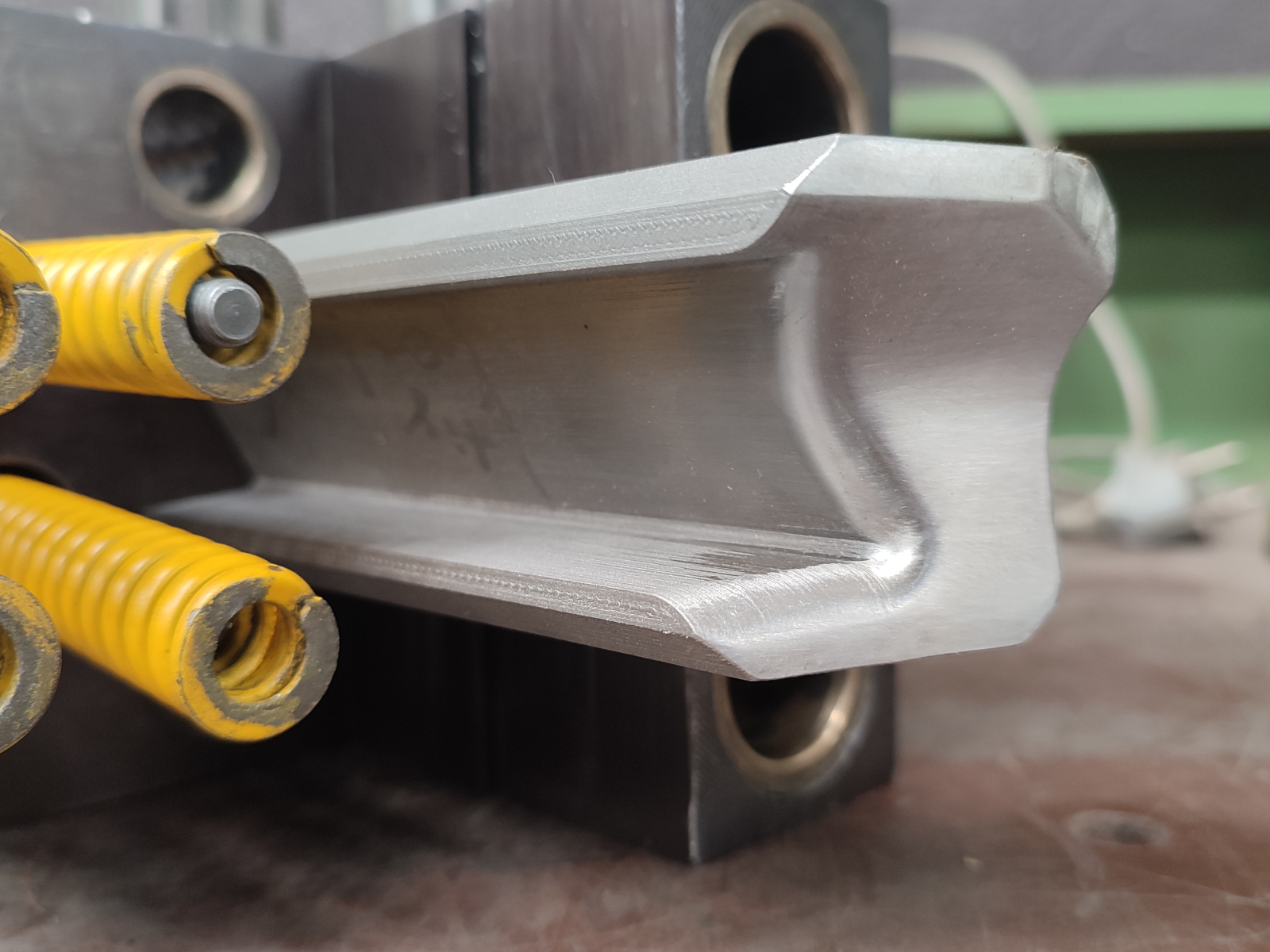Multiple Industries Benefit From 3D Printed Large Dimensional Housings Free of Warpage
Using Ultrasim3D® Simulation, housings can be optimally designed with lattice infill structures and offer seamless compatibility with the injection molded parts used in mass part production.
Utilizing our Ultrasim3D® Simulation software and Ultracur3D® EPD 2006 printed on the Photocentric LC Titan, Photocentric and BASF Forward AM developed a method to print large dimensional housings, without warpage, which mimics the mechanical properties of injection molded designs.
Table of Content
Project Breakdown
Industry
Automotive, drones, audio- and electronic-housings
Material / Product
Ultracur3D® EPD 2006
Partners
Photocentric
Technology
LCD
Why Forward AM?
Provided the high-quality materials and project support needed to create the precise and durable housings that must be compatible with injection molded parts.
The result
Housing
Challenge:
Photocentric and BASF Forward AM was tasked with printing a large, flat part without warpage. Specified areas of the housing were required to fit other parts such as sensors, touchscreens, screw bosses, mounts that required precision design and manufacturing accuracy. The housings also had to meet both load and end-use requirements.
The secondary challenge was that all housings had to be compatible with injection molded parts, which are used in mass production. Additionally for prototyping, the scale-up and aftermarket large covers needed often require long lead times and come at a high cost.
Solution:
Beginning with Ultrasim® 3D Simulation, BASF Forward AM created a method to speed up the engineering process, shorten the testing phase, and increase confidence in part performance using a digital twin of the needed part. As the housings also had to meet both load and end-use requirements, the team developed a solution by implementing design guidelines for gyroid infill structures, along with lattice designs, in conjunction with running part simulations with our Ultrasim3D® software. This ensured that all housings were compatible with injection molded parts.
Beginning with Ultrasim® 3D Simulation, BASF Forward AM created a method to speed up the engineering process, shorten the testing phase, and increase confidence in part performance using a digital twin of the needed part. As the housings also had to meet both load and end-use requirements, the team developed a solution by implementing design guidelines for gyroid infill structures, along with lattice designs, in conjunction with running part simulations with our Ultrasim3D® software.
This ensured that all housings were compatible with injection molded parts. In partnering with Photocentric, their cutting-edge technology allowed for the printing of a housing part with Ultracur3D® EPD 2006 at such a large scale. With the LC Titan, a game-changer in large format printing, Photocentric is providing reliability, resolution, scale, speed and affordability. The gyroid design, referring to when a 3D printed object integrates a gyroid pattern as its internal geometry, allowed for warpage free printing while the digital simulation and innovative material provided for exceptional mechanical performance.
This collaborative partnership offers an end-to-end solution for customers currently using injection molding who want to both prototype and ramp-up aftermarket opportunities by utilizing 3D printing. If the part numbers required are low or reasonable enough quantity and the application is deemed suitable, then Additive Manufacturing can be used throughout the process. This reduces lead time and keeps pricing at a competitive level for pilot and bridge production.
In offering this joint service with Photocentric, we can provide the ability to both design and redesign resulting in a process which is both simpler and quicker when compared to timelines for traditional injection molds. It also ensures that parts are fully optimized to meet the requirements of customers across multiple industries while additionally extending into material sales.
By treating CAD as tooling for designing with prototype, pilot, bridge, or mass production in mind, we provide the ability to transfer between methods. Common features such as outer shell surface, bosses, fixing areas, and keep-out areas can be retained during simulations while different rib types or liners can be added to the design for testing.
Result:
High-quality and durable housing parts that meet or exceed load case requirements, are cost-effective regarding part count, and offer reduced weight, a feature which is very useful for battery and electrical projects. A full list of benefits can be found below:
- Warp-free printing with design optimization
- Integration of multiple components into single part
- Guaranteed part performance by structural optimization with Ultrasim® 3D Simulation
- Accelerated time to market compared to traditional manufacturing
- Prototyping, ramp-up production and supply of aftermarket and spares with the same technology
- Design strategies to switch to traditionally designed parts for mass series – enabled by structural optimization
- Competitive production pricing
Share this page
Next Steps
Reference Links and Documents
Get in touch
Do you have questions about our materials, technologies or services? Get in touch now!











